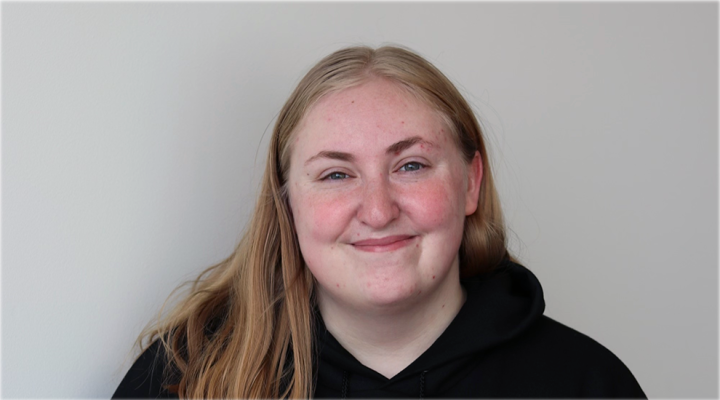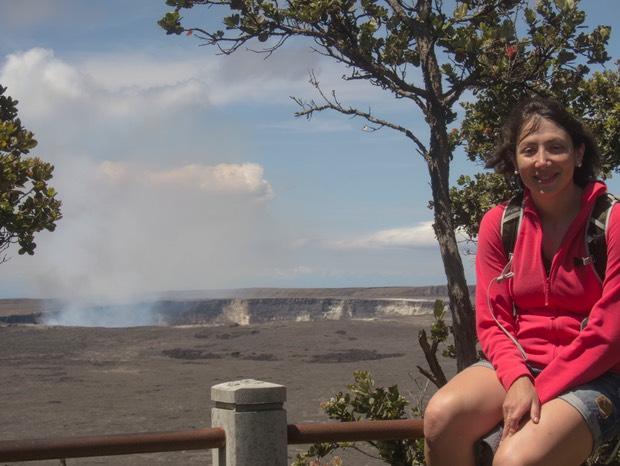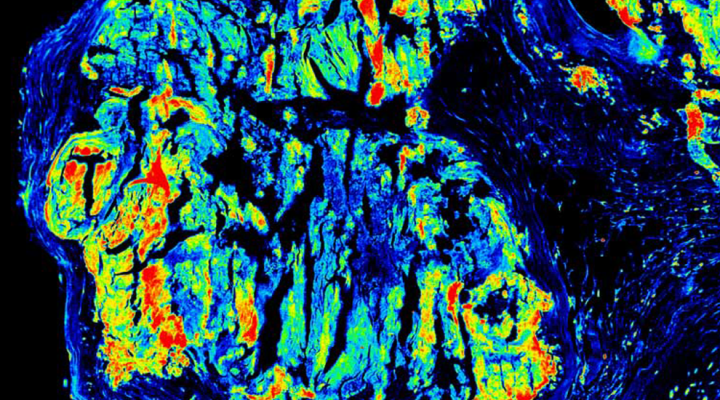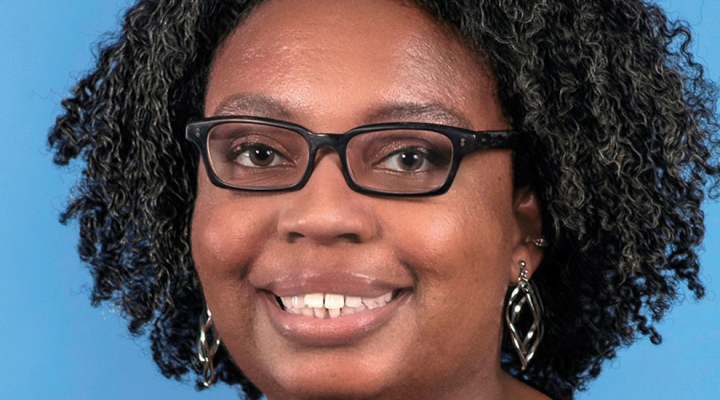Alida Perez Fodich was born in the mining town of Chuquicamata, Chile, located more than 9000 feet high in the Andes. She lived there until she was ten years old, and then moved with her family to Santiago. The mountains and the mine kept their hold on Perez Fodich, and she returned for a year to work in mining before going to grad school.
“I wanted to get a taste of what it was like to work in industry,” says Perez Fodich. “My father was a chemical engineer working at the mine, but I did not really know what that meant until I got to school.”
Perez Fodich earned her Bachelor’s degree and her Master’s degree in geology at the University of Chile in Santiago. “I started out studying engineering,” says Perez Fodich, “but soon realized I wanted something different. I thought about astronomy and physics and geology. In the end, I chose geology because of industry career options.”
As an undergraduate Perez Fodich’s main area of focus was on surface processes and geochemistry. For her Masters she looked specifically at how and why iodine and chromium become concentrated in the Atacama Desert.
During her years as an undergraduate and as a Master’s student, Perez Fodich heard about Cornell mainly through the long history of Earth scientists from Cornell working in the Andes. When it was time to apply to Ph.D. programs, Cornell seemed like an obvious place to apply. Perez Fodich had a guarantee of financial support from the National Commission of Scientific and Technical Research of Chile (CONICYT – Becas Chile) in cooperation with the Fulbright Foreign Student Program.
“I knew I wanted to learn about low temperature geochemistry and tackle problems happening on the Earth’s surface due to climate change,” says Perez Fodich. “I contacted Professor (Louis) Derry in the Department of Earth and Atmospheric Sciences (EAS) at Cornell and his work seemed like a good fit for my interests, so I applied to Cornell.”
Perez Fodich is now in the fourth year of her doctoral studies and she is very happy with her choice. “I am now doing the things I hoped I would do,” says Perez Fodich. “I am a geochemist trying to understand how climate changes the surface of the Earth.” One method Perez Fodich uses to understand the role of climate in surface geology is computer modeling. “I am creating models of weathering,” she says. “My model simulates water running through and reacting with rocks. I am focusing mainly on the soils in a part of Hawaii. The particular area we are looking at weathers very quickly so we really like this area.”
Perez Fodich and Derry are not trying to exactly reproduce the system with their model, but “to better understand what environmental conditions are important to reach the extreme states we find in the field,” says Perez Fodich. One interesting early finding of the work is that there is a feedback mechanism linking fast weathering with carbon dioxide levels, pH, microbes and vegetation.
Another area Perez Fodich, Derry, and BEE Professor Todd Walter are looking at is the partitioning between groundwater and run-off due to weathering and how this ratio changes over time. “This is basic science that we want to understand how climate shapes the surface of the Earth,” says Fodich.
Once she has completed her Ph.D., Perez Fodich hopes to join the faculty of a university in Chile, where she can continue her research and start to teach others about the Earth.





